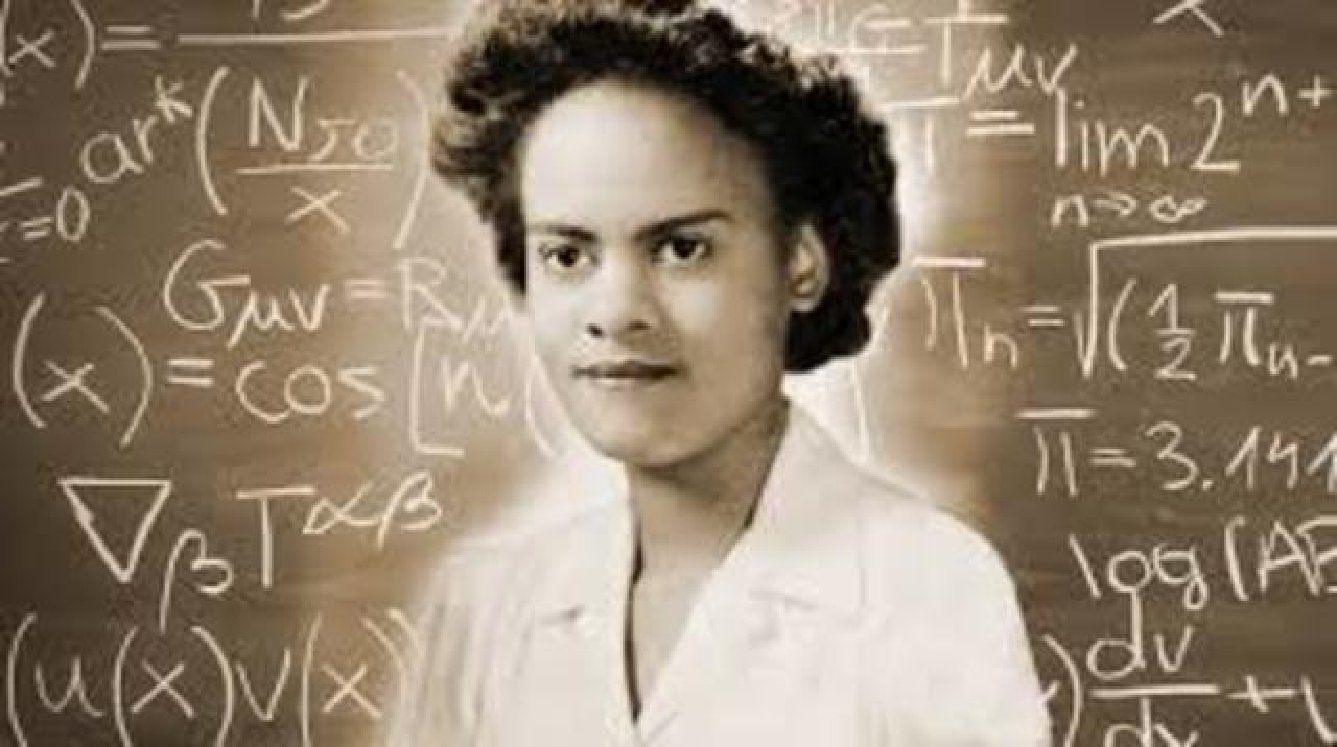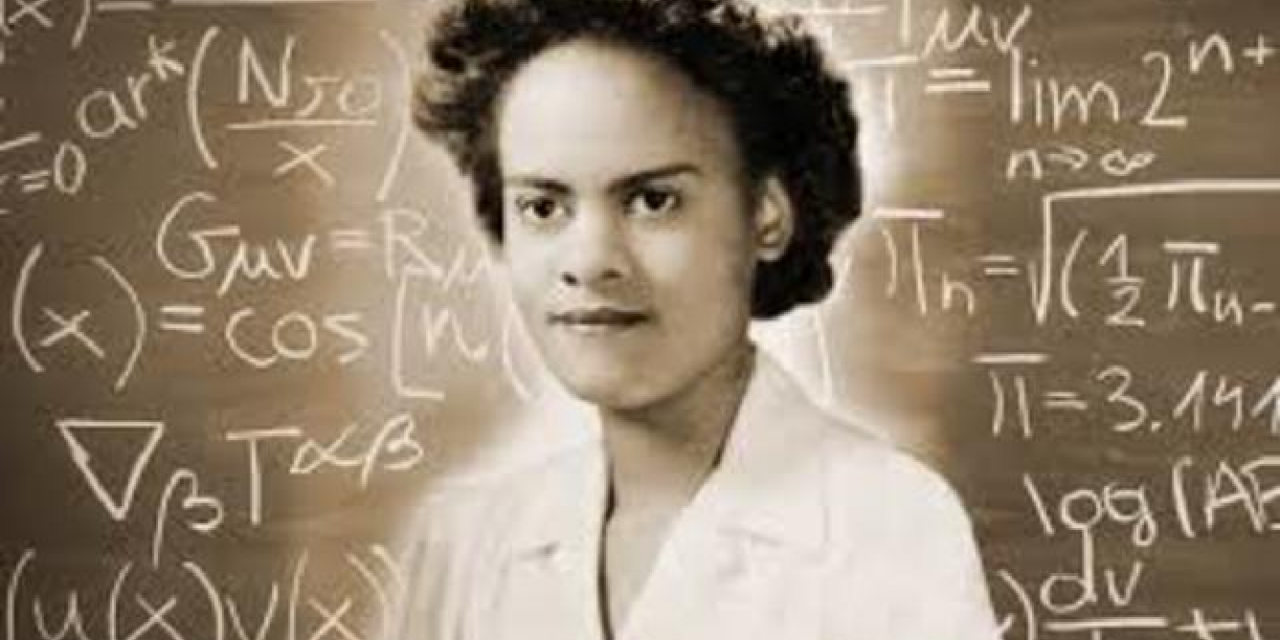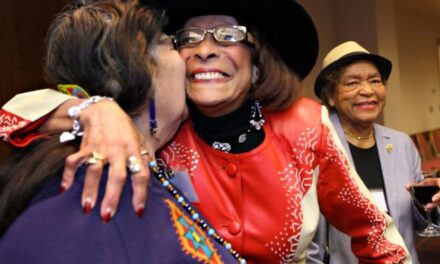
There are two Evelyn Boyds in my family tree, but neither is nor was as distinguished and accomplished as Evelyn Boyd Granville—who played a prominent role in helping NASA land on the moon. Granville is considered one of the acclaimed “Hidden Figures,” the Black women who worked in the shadows at NASA but nonetheless were key scientists and mathematicians, as Granville was. According to a recent obituary, Granville was the second Black woman to earn a doctorate in mathematics. She died this past June 27 at her home in Silver Spring, Maryland. She was 99.
Granville was born on May 1, 1924, in Washington, D.C. Her father, who worked various odd jobs due to the Great Depression, separated from her mother when Granville was young. She and her older sister were raised by her mother and aunt, both of whom worked at the Bureau of Engraving and Printing.
Granville was a high achiever at Dunbar High School and valedictorian of her class. With a partial scholarship from Phi Delta Kappa supplemented by her aunt’s financial support, she entered Smith College in 1941. She majored in mathematics and physics with a keen interest in astronomy.
In 1945, she was elected to Phi Beta Kappa and to Sigma Xi and graduated summa cum laude. A brief summary of her life indicates that “encouraged by a graduate scholarship from the Smith Student Aid Society of Smith College, she applied to graduate programs in mathematics and was accepted by both Yale University and the University of Michigan; she chose Yale because of the financial aid they offered. There she studied functional analysis under the supervision of Einar Hille, finishing her doctorate in 1949. Her dissertation was ‘On Laguerre Series in the Complex Domain.’”
Her teaching career began at New York University Institute for Mathematics and in 1950 she accepted an appointment at Fisk University. Among her outstanding students were Vivienne Malone-Mayes and Etta Zuber Falconer, who earned doctorates in mathematics. Two years later she returned to the nation’s capital for a position at the Diamond Ordnance Fuze Laboratories. She moved to IBM as a computer programmer in 1956 and after the company received a NASA contract she took a position at the Vanguard Computing Center in D.C.
By the early sixties, she married the Rev. G. Mansfield Collins and lived in Los Angeles after a short stay in New York City. In L.A., she worked for the U.S. Space Technology Laboratories which later became the North American Aviation Space and Information Systems Division. Among subsequent projects was her work for the Apollo program, including celestial mechanics, trajectory computations, and “digital computer techniques.”
Because of the restructuring at IBM, Granville accepted a full professorship in mathematics at California State University in 1967. Three years later she married a realtor, Edward V. Granville. After retiring from the school in 1984, she taught at Texas College in Tyler, Tx. for four years and in 1990 joined the faculty at the University of Texas as the Sam A. Lindsey Professor of Mathematics. During her tenure, she assisted in the development of elementary school math enrichment programs, and at the same time immersed herself in the fight for the stronger inclusion of women in tech.
In 1989, Granville was awarded an honorary doctorate by Smith College, the first by an American institution to a Black woman mathematician. The Evelyn Boyd Granville papers, donated by her in 2015, are located in Smith College’s Special Collection.
Among her many honors and awards is one from the National Academy of Engineering in 1998; the United States National Academy of Sciences inducted her into its Portrait Collection of African-Americans in Science. In 2000, she was awarded the Wilbur Lucius Cross Medal, the Yale Graduate School Alumni Association’s highest honor. And In 2001, she was cited in the Virginia state senate’s Joint Resolution No. 377, designating February 25 as “African-American Scientist and Inventor Day.”
Support our Racial Equity Journalism
Amsterdam News is renowned for its reporting of the news of the day from a Black perspective for 113 years. Donors who choose to give monthly or annually will receive Amsterdam News’ Weekly E-Edition and acclaimed free weekday newsletter Editorially Black delivered by email.





